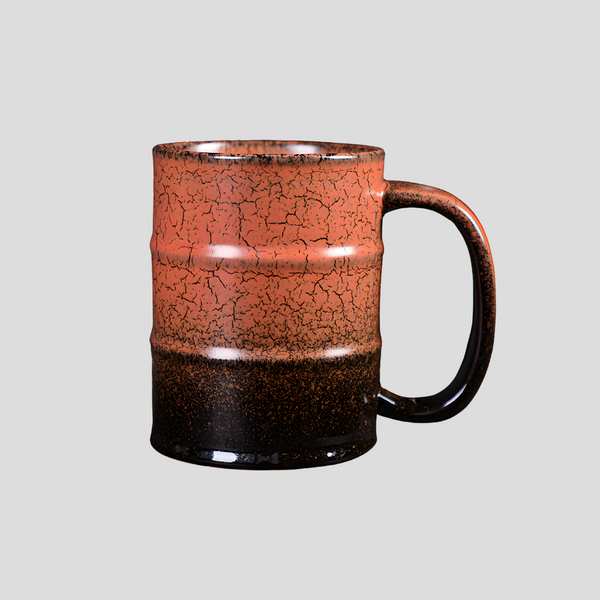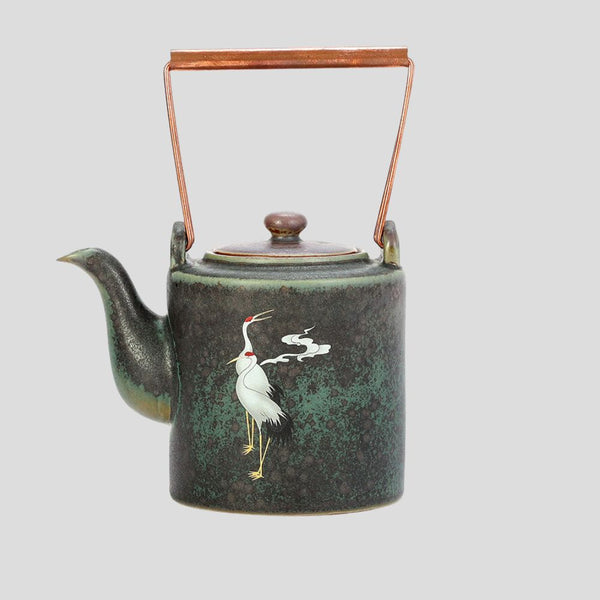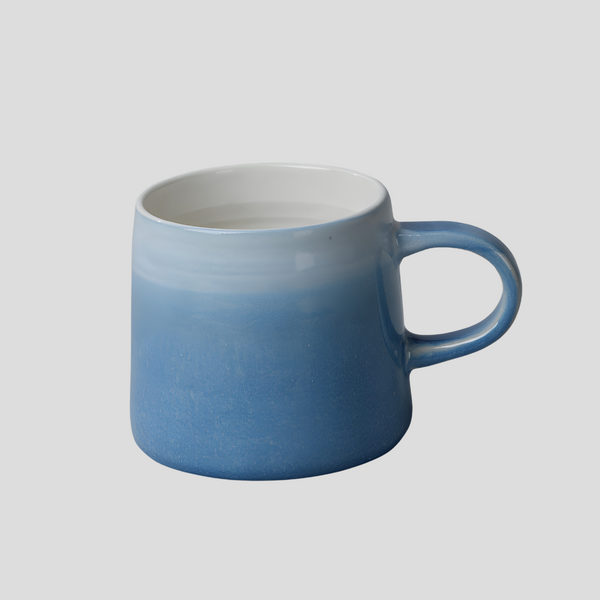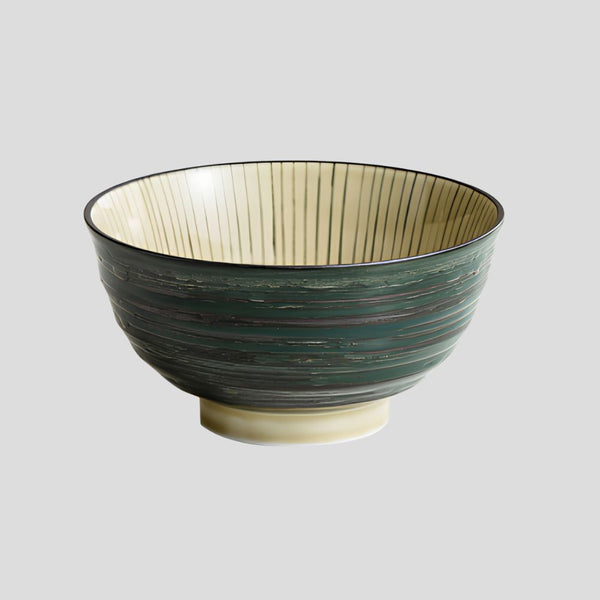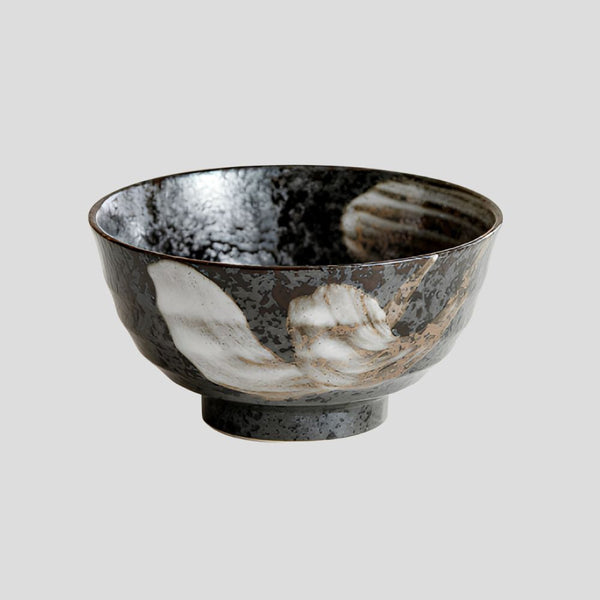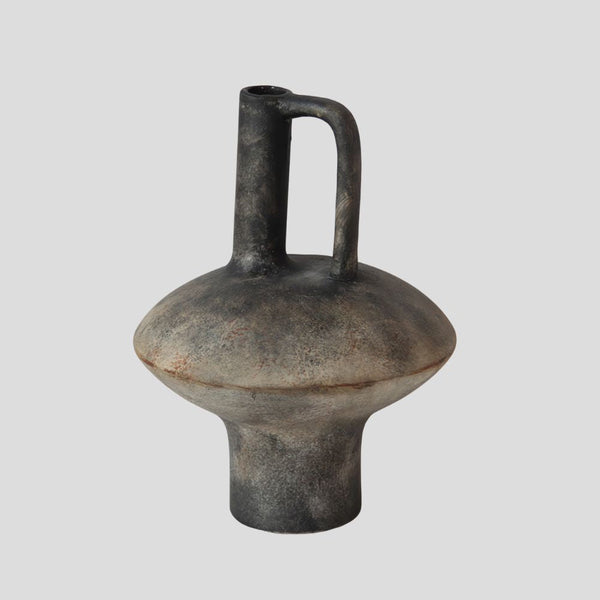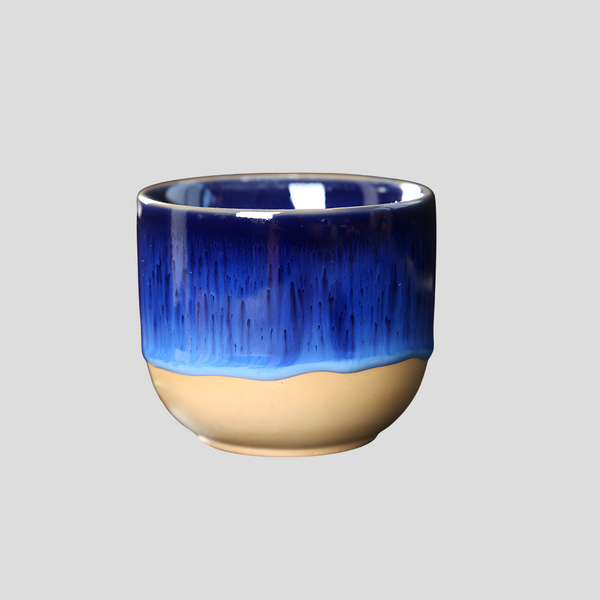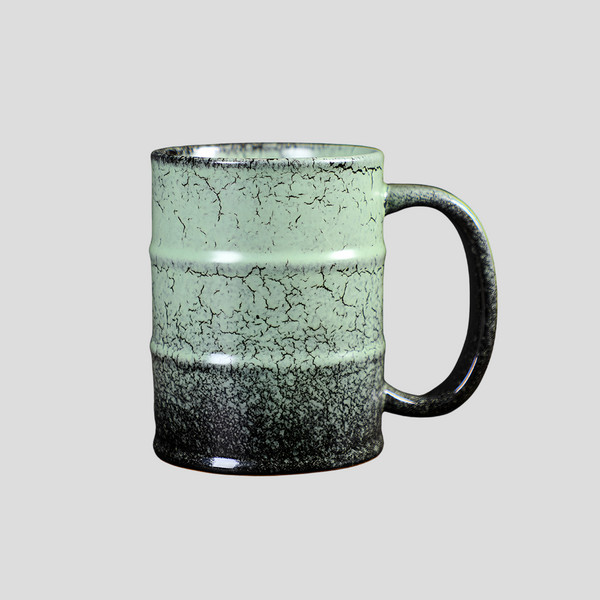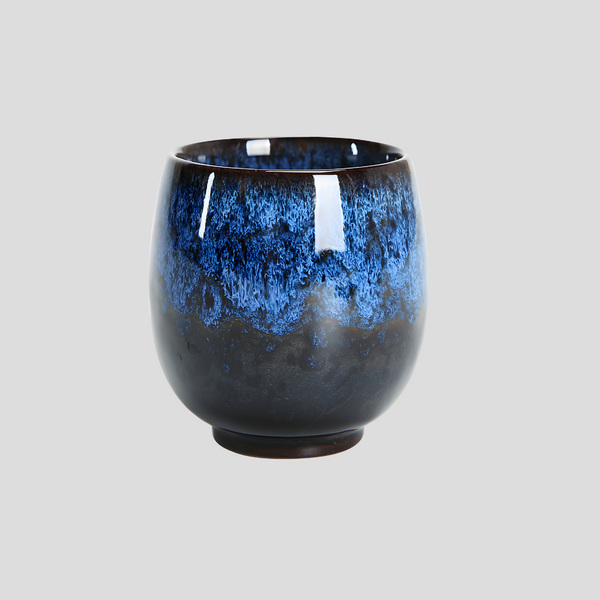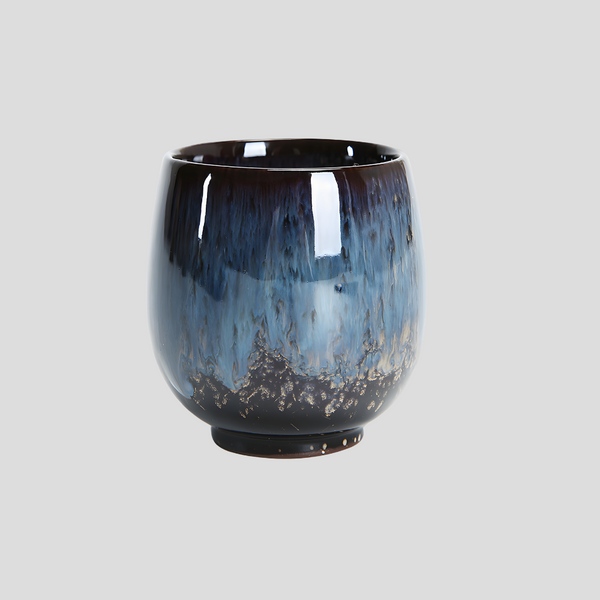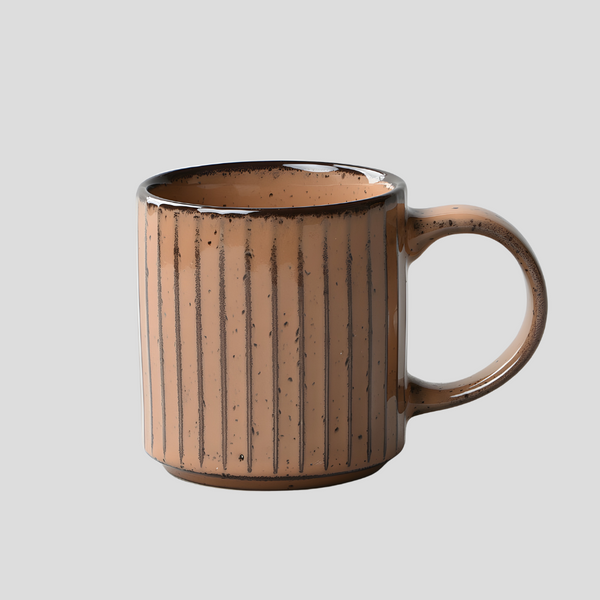
Exploring the Beauty of Glazed Ceramic Ware
Introduction to Glazed Ceramic Ware
Ceramic ware has been a significant aspect of human civilization, tracing back thousands of years. Among its various forms, glazed ceramic ware stands out for its mesmerizing finishes and durable surfaces. This process not only beautifies the ceramic pieces but also makes them more functional by adding a protective layer. Exploring the beauty of glazed ceramic ware opens a world of rich history, intricate craftsmanship, and artistic expression.
The Artistry of Glazing
Glazing is an art form that transforms the relatively porous ceramic body into a vibrant, glossy, and often colorful piece. The process involves applying a liquid glass formula, known as glaze, onto the surface of bisque-fired ceramic ware. Once coated, the items are fired again at high temperatures. This second firing melts the glaze, turning it into a smooth, glass-like surface that adheres to the ceramic. The choice of glaze composition, application techniques, and firing conditions allows artisans to achieve a wide range of aesthetic effects, from glossy translucent finishes to intricate crystalline patterns.
Types of Glazes
There is a diverse palette of glazes, each offering a different visual and tactile experience. For instance, matte glazes provide a soft, satin-like finish, while glossy glazes give a shiny, reflective surface. Specialty glazes, such as crystalline and raku, create unique and often unpredictable patterns. Celadon glazes, known for their jade-like appearance, offer a connection to ancient Asian pottery traditions.
Cultural Significance
Glazed ceramic ware holds profound cultural significance across the globe. In China, the famed porcelain, characterized by its translucent and beautifully glazed surface, became a significant cultural symbol and an important commodity in international trade. Similarly, the vibrant glazed pottery of the Islamic world, especially the intricate tile work, has stood as a testament to the artistic and architectural achievements of its civilizations. In Europe, majolica and delftware show the influence of glazed ceramics in the domestic and decorative spheres.
Collecting and Appreciating Glazed Ceramic Ware
Collecting glazed ceramic ware can be a rewarding hobby, offering insights into the cultural, historical, and artistic contexts from which these pieces emerge. When appreciating glazed ceramics, it's essential to consider the craftsmanship involved in their creation, from the shaping of the clay to the application and firing of the glaze. Factors such as the rarity of the piece, its age, and the complexity of its glaze can all contribute to its value and allure.
Tips for Collectors
For those interested in starting or expanding their collection of glazed ceramic ware, it's crucial to research thoroughly. Learning about the different styles, periods, and regions can help in identifying authentic pieces. Additionally, inspecting the quality of the glaze, the precision of the craftsmanship, and the overall condition of the piece are important steps in assessing its worth. Attending auctions, visiting museums, and joining collector's clubs can also provide valuable insights and opportunities to see a wide range of examples.
Conclusion
The beauty of glazed ceramic ware lies in its fusion of form, function, and artistry. From the ancient times to the modern day, this craft has evolved, yet it preserves the essence of human creativity and our connection to the earth. Whether used for everyday purposes or as exhibits in a collection, glazed ceramics continue to captivate and inspire, inviting us to explore the depth and breadth of this exquisite art form.
Click this link to check out our ceramic artwork!
